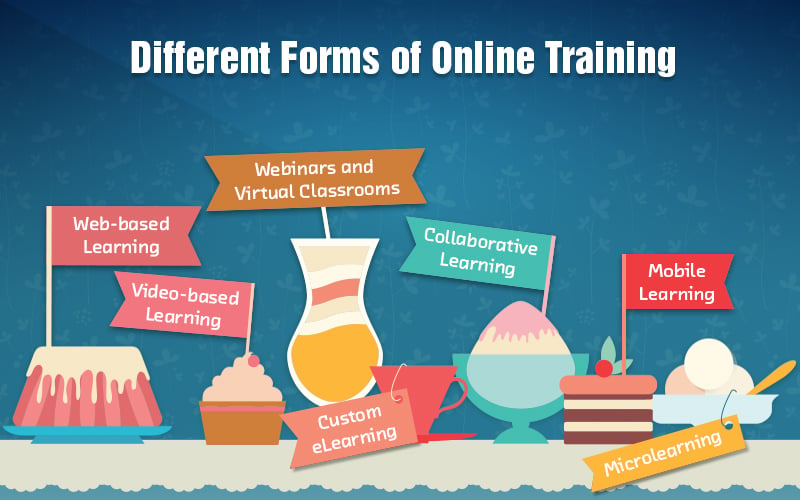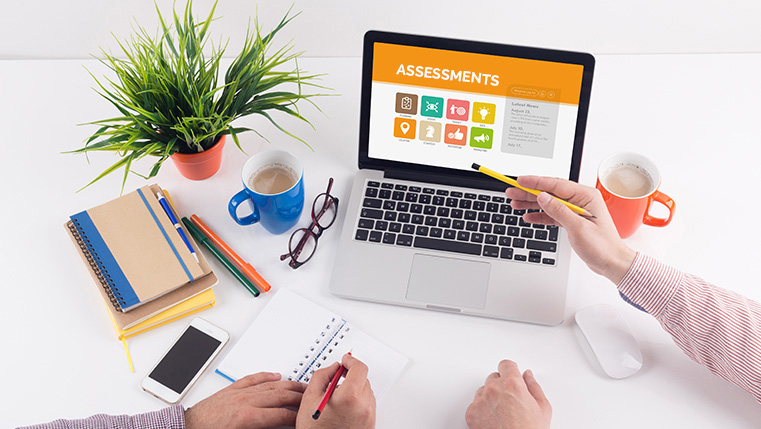Integrating Classroom Training with E-learning

Before we understand how to integrate classroom training with e-learning, let’s look at why organizations cannot ignore eLearning implementation. One of the factors is globalization.Thanks to globalization you have your workforce located at different geographical locations and training them the traditional way is time consuming and costly. Other factors are changing demands of business, expanding markets and proliferation of products. What it boils down to is that employees need to be constantly updated on their knowledge and skills and therefore require training on a continual basis. It is due to these factors that organizations started considering online training their employees.
However, this does not mean that classroom training has become obsolete. Here are two points worth remembering:
- ILTs and eLearning are NOT mutually exclusive
- ILT and eLearning shouldn’t be viewed in separate silos
Neither is a substitute for the other. Like the tools of a carpenter, each has its function and advantages. There are some subjects and some learners for whom classroom training makes more sense. So, let’s see how one can integrate classroom training with eLearning for effective training results:
eLearning Before the Classroom Training:
First is to add e-learning before the classroom training. Learners can complete prerequisite of a subject before they come to the classroom. It helps cutting down the classroom time and make learning more effective.
eLearning After the Classroom Training:
E-learning can also be added after the classroom training in the form of a refresher course, to be taken after a period of time.
eLearning in the Classroom:
Some organizations use e-learning in the classroom. Some portions of the subject are online or on the server, which can be done by the learners in the classroom itself. We can also use e-learning as teaching aids like what one of our clients.
Online Tests and Assessments:
Another creative way of blending these two is to have the tests and assessments online while the teaching happens in the classroom.
To maximize training effectiveness, you need to combine various formats in the form of a blended approach to learning. Blended Learning refers to a mix of different delivery methods for a more comprehensive learning experience. The trick is in choosing the right one and/ or blending them together. The best impact in terms of learning happens when we “blend” these methods together – classroom and e-learning.





